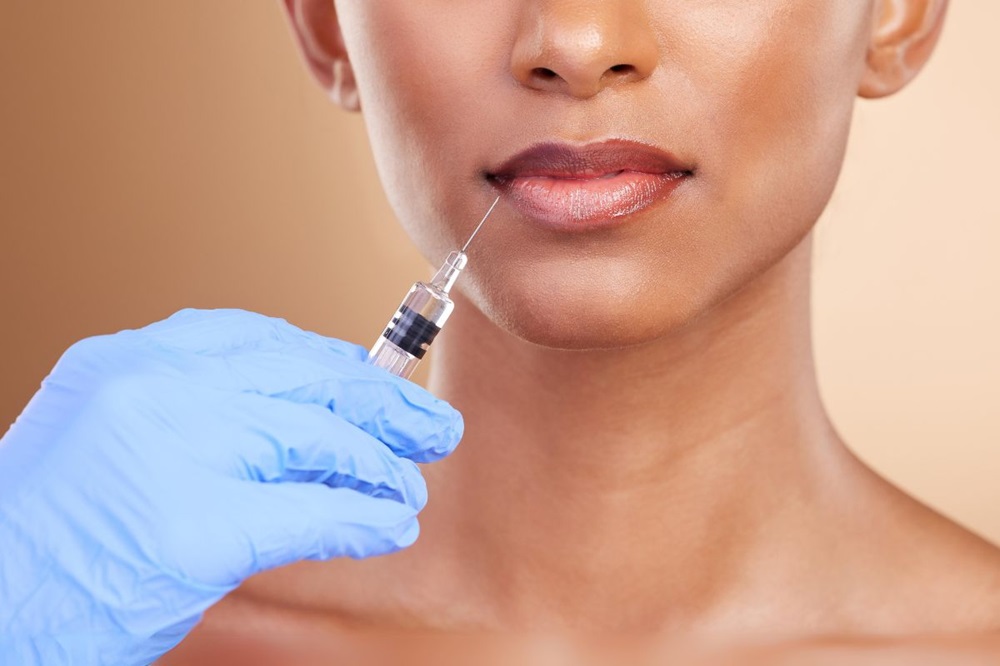Botox, a brand name for botulinum toxin type A, is a neurotoxic protein produced by the bacterium *Clostridium botulinum*. Despite its origins as a toxin, Botox cosmetic has become a widely used and FDA-approved cosmetic treatment for reducing the appearance of wrinkles and fine lines. Understanding how Botox works requires a look at the underlying science of muscle movement and its role in wrinkle formation.
The Science Behind Botox
Wrinkles, particularly dynamic wrinkles, are caused by repeated muscle contractions beneath the skin. When you frown, squint, or smile, specific muscles contract, leading to creases in the skin. Over time, these repeated movements cause the lines to become more permanent.
Botox works by targeting the neuromuscular junction—the point where nerve endings meet muscle fibers. Normally, when a nerve cell releases the neurotransmitter acetylcholine, it binds to receptors on the muscle, signaling it to contract. Botox interrupts this process by blocking the release of acetylcholine. As a result, the muscle receives no signal to contract, leading to a temporary relaxation of the muscle.
Application and Effects
When Botox is injected into specific facial muscles, it effectively paralyzes those muscles, preventing them from contracting and thus softening the appearance of wrinkles. The most common areas for Botox treatment include the forehead lines, crow’s feet around the eyes, and frown lines between the eyebrows (glabellar lines).
The effects of Botox typically begin to appear within a few days, with the maximum effect visible around two weeks post-treatment. The muscle relaxation and subsequent wrinkle reduction last for approximately three to six months, after which the muscle activity gradually returns as the nerve endings regenerate. This makes Botox a temporary treatment that requires regular maintenance to sustain the desired cosmetic effect.
Considerations and Limitations
While Botox is highly effective in reducing dynamic wrinkles, it does not work on static wrinkles—lines that are present even when the face is at rest. These deeper wrinkles may require additional treatments, such as dermal fillers, to achieve a smoother appearance.
Additionally, the effectiveness and safety of Botox depend heavily on the skill and experience of the practitioner. Proper dosage, precise injection technique, and a thorough understanding of facial anatomy are crucial to achieving natural-looking results without unwanted side effects, such as drooping eyelids or an unnatural frozen expression.
Conclusion
Botox has revolutionized the field of cosmetic dermatology by providing a non-surgical option for reducing the signs of aging. By temporarily relaxing the muscles that cause dynamic wrinkles, Botox offers a quick and relatively low-risk method for achieving smoother, more youthful skin. Understanding the science behind Botox helps patients make informed decisions about their cosmetic treatments and sets realistic expectations for the outcomes.

